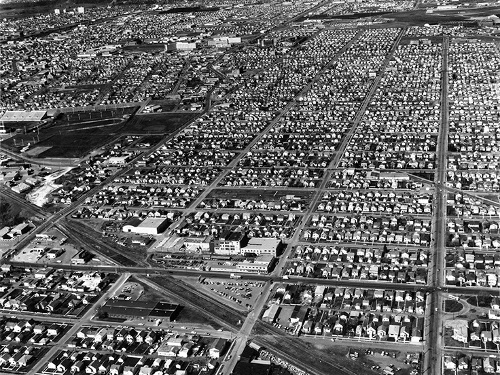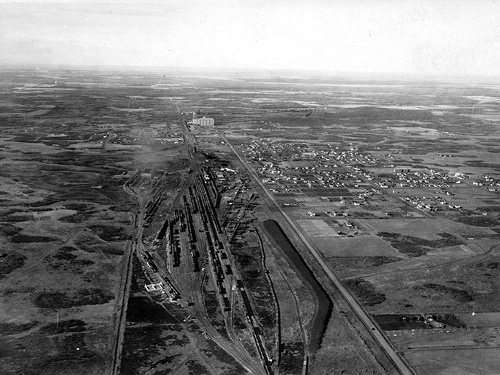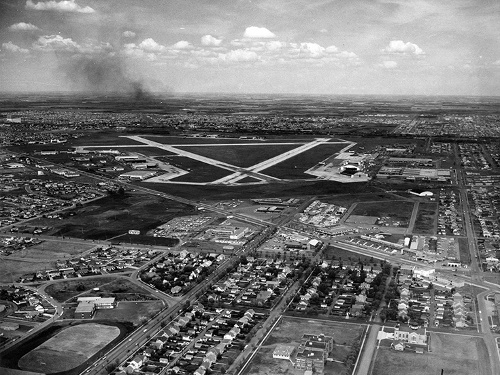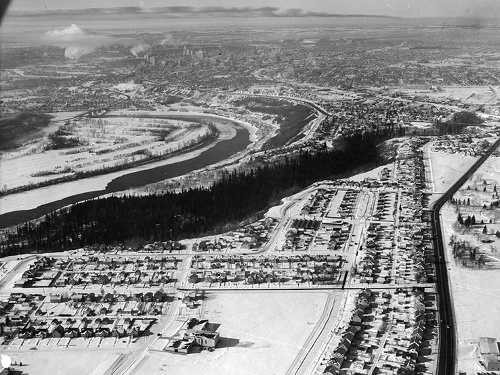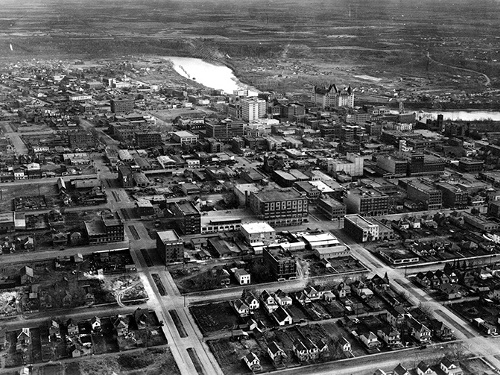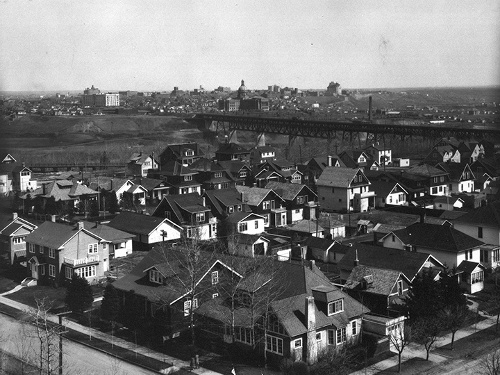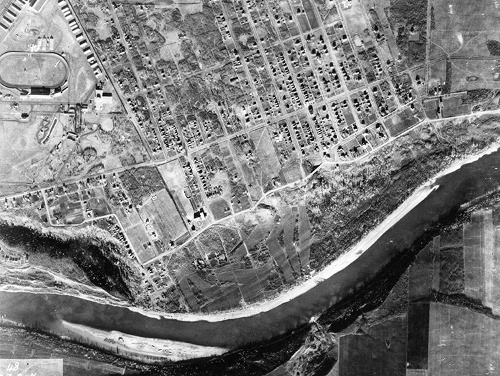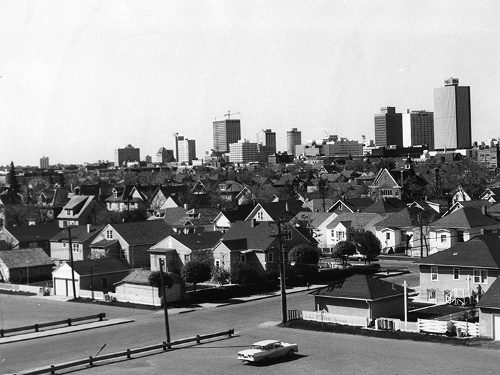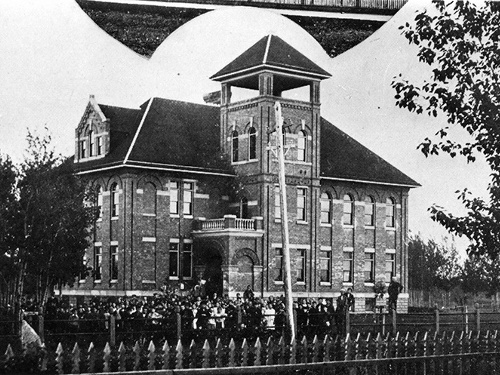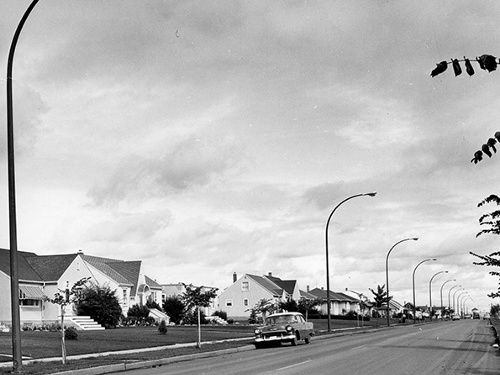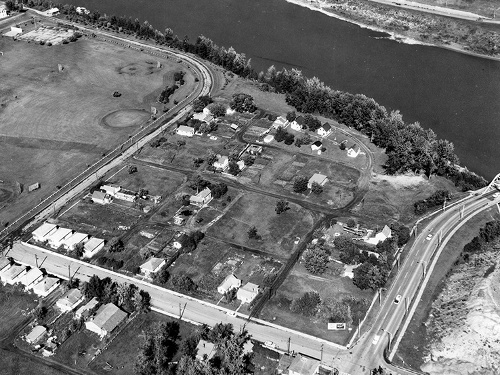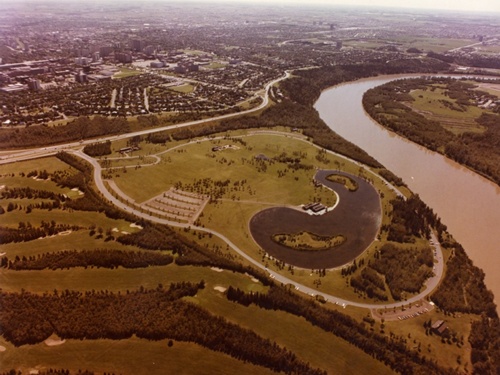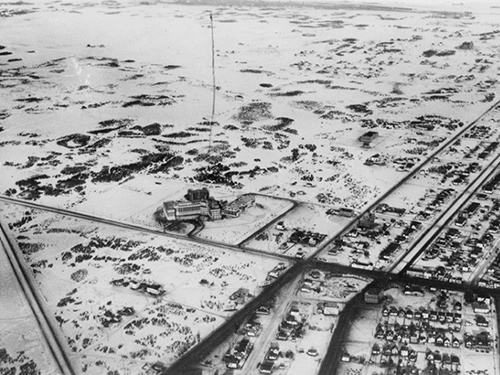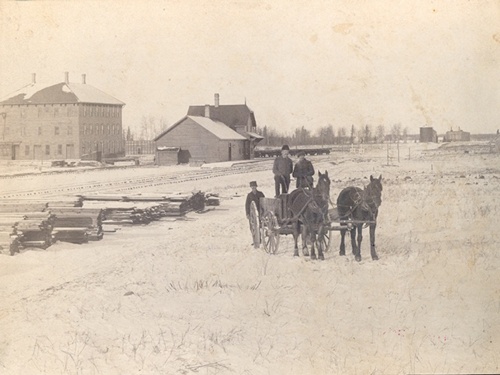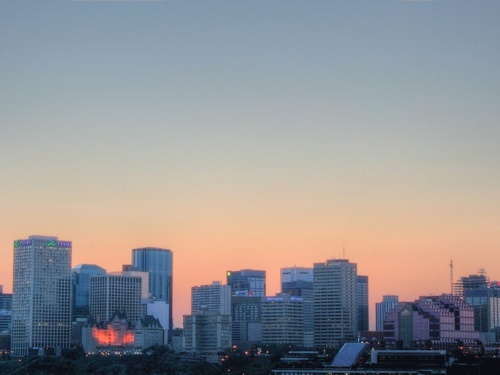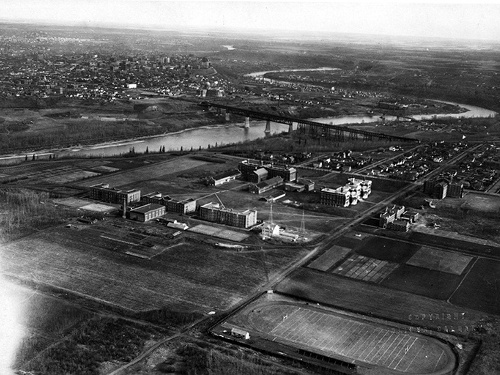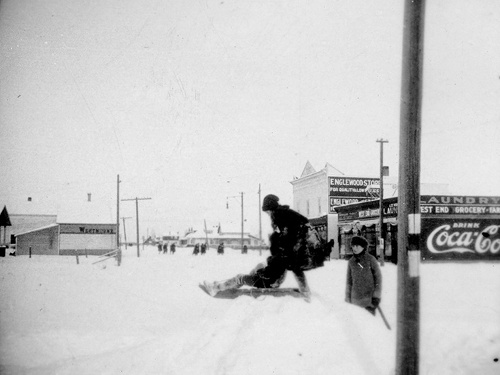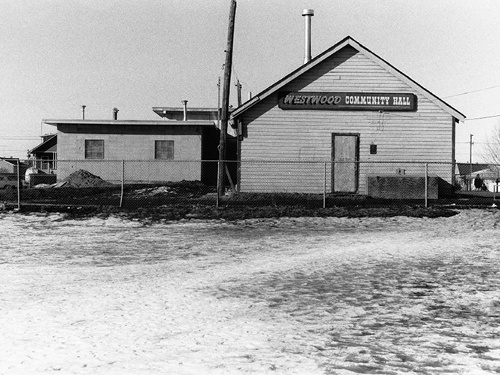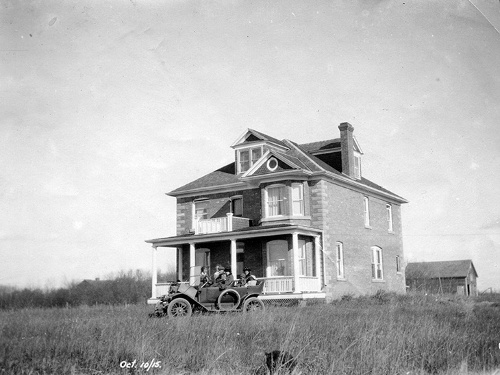The Boyle Street area is as old as Edmonton, born from enterprising newcomers.
Neighbourhoods
Learn about Edmonton's different neighbourhoods!
Learn about Edmonton's different neighbourhoods!
Edmonton has almost 400 distinct neighbourhoods, each with clearly defined boundaries and its own character. Some have been around for over one hundred years, while others are very new. As time's gone by boundaries have shifted, and areas have been amalgamated, split up, and renamed. A handful of neighbourhoods have been profiled in order to give more context about the area, and explain how each community's history has influenced how it looks today.
